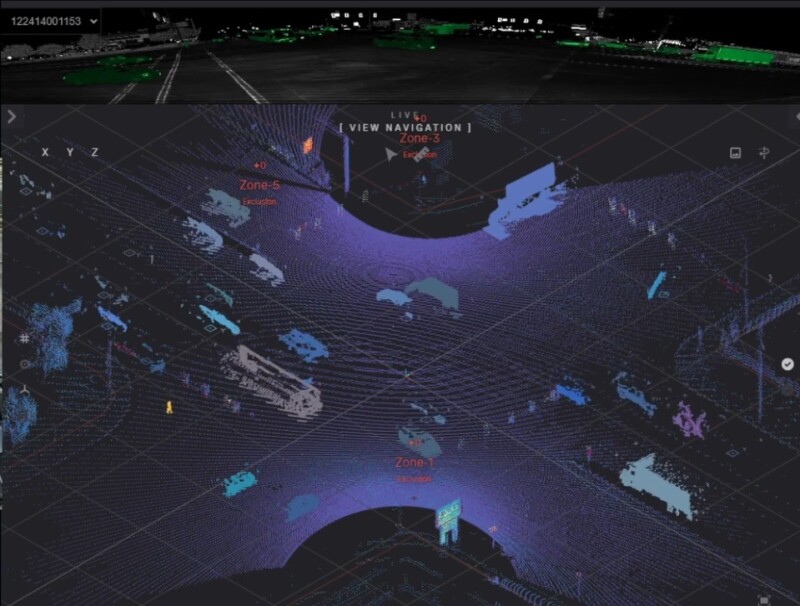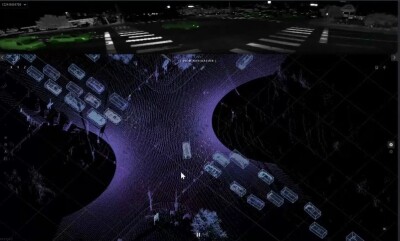Taylorsville, UT | August 20, 2024 - The Utah Department of Transportation (UDOT) is one of the first states in the U.S. to use LiDAR technology to improve safety at intersections.
While prior detection devices only granted engineers a view of the stop line, LiDAR uses eye-safe laser beams to recreate an entire scene—including vehicle, pedestrian and cyclist movement—in 3D. This provides traffic engineers with a complete view of an intersection, including several hundred feet in each direction, which allows them to track movements at intersections and identify areas for safety countermeasures.
LiDAR features also include red light runs, “near miss” situations, jaywalking, typical pedestrian pathway movements (including average speed) and other data.
“We are always looking at ways to use emerging technology to increase safety on our roads,” UDOT Traffic Signal Operations Engineer Mark Taylor said. “This technology will help us pinpoint why and where safety issues are occurring.”
For example, Taylor said LiDAR data will help UDOT notice high frequencies of near-miss crashes (which, in the past, has been hard to track with real data) or green times are too short, detecting cyclists or when crosswalk times should increase.
“These, and countless other safety solutions, will be made possible through the patterns that LiDAR illuminates,” Taylor said.
UDOT has installed LiDAR technology in several Salt Lake areas, including 5900 S and State Street in Murray, Redwood Road and 2100 S in Salt Lake City and 700 E and 1300 S in Salt Lake City. The department is also testing LiDAR capabilities in conjunction with connected vehicle technology at two Provo locations—another area where pedestrians and cyclists are frequent and vulnerable.
“The more we can get cars talking to our roads, the safer we will all be,” UDOT Transportation Technology Engineer Blaine Leonard said. “We’re hoping this LiDAR data will be another key component of this new connected future.”
UDOT is working with Panasonic in developing this technology later this year and is using part of the federal twenty million-dollar grant to expand this concept at other locations beyond Provo.
Radar and video are still being used to monitor similar issues but with LiDAR’s 99.8% accuracy rate (in counting cars) and a recent price drop that places it within range of current technology, UDOT is looking forward to implementing more LiDAR technology.
Source: UDOT






